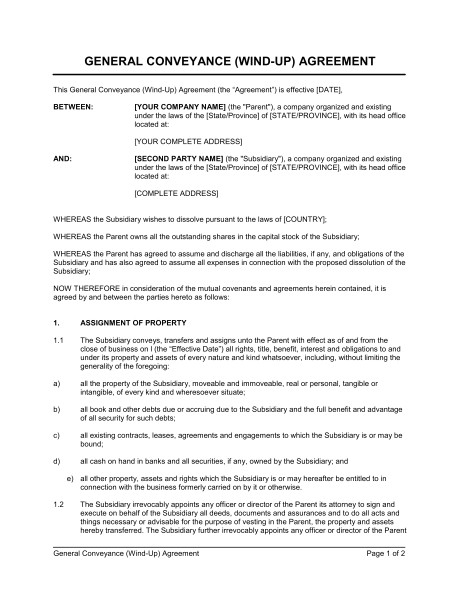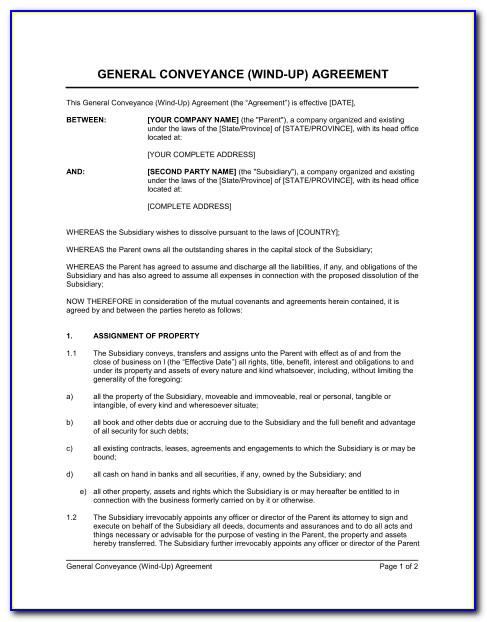



Thus, a conveyance of land subject to a lease carries the right to collect the rents, and the grantee is subrogated to all rights of the grantor as a lessor.ĭeeds most commonly used in Texas are general warranty deeds, special warranty deeds, quitclaim deeds, and deeds without warranty. Unless expressly excepted, the transfer of a thing transfers also all its incidents. A mere possibility, not coupled with an interest, may not be transferred. This includes, but is not limited to fee simple, an easement, an undivided interest, a life estate, timber and mineral interests, a vendee's interest or a lessee's interest. The extent of the right which a person acquires in property can be no greater than that enjoyed by a predecessor in title.Īny interest in real property, whether present or future, vested or contingent, may be transferred. This outline is valuable to remember so that a person may check a deed to ascertain that all clauses are included and, also, as an aid in preparing a proper deed. The testimonium clause includes the Warranty and “In Witness Whereof ”. The habendum et tenendum (to have and to hold clause) includes this clause and the Under and Subject or Mortgage clause. The premises include the date, parties, consideration, granting clause, description, recital, and appurtenances. Texas has a statutory minimum standards for deeds but does not have a statutory form.Ī deed may be divided into three component parts: the premises, the habendum, and the testimonium. However, the most common form of property transfer is by deed. A deed is a written document transferring or conveying title to or interest in real property from one person or entity to another. Real property is subject to be transferred in several ways: (l) by purchase, (2) by devise (will), (3) by descent (inheritance), (4) through adverse possession, and (5) by eminent domain.


 0 kommentar(er)
0 kommentar(er)
